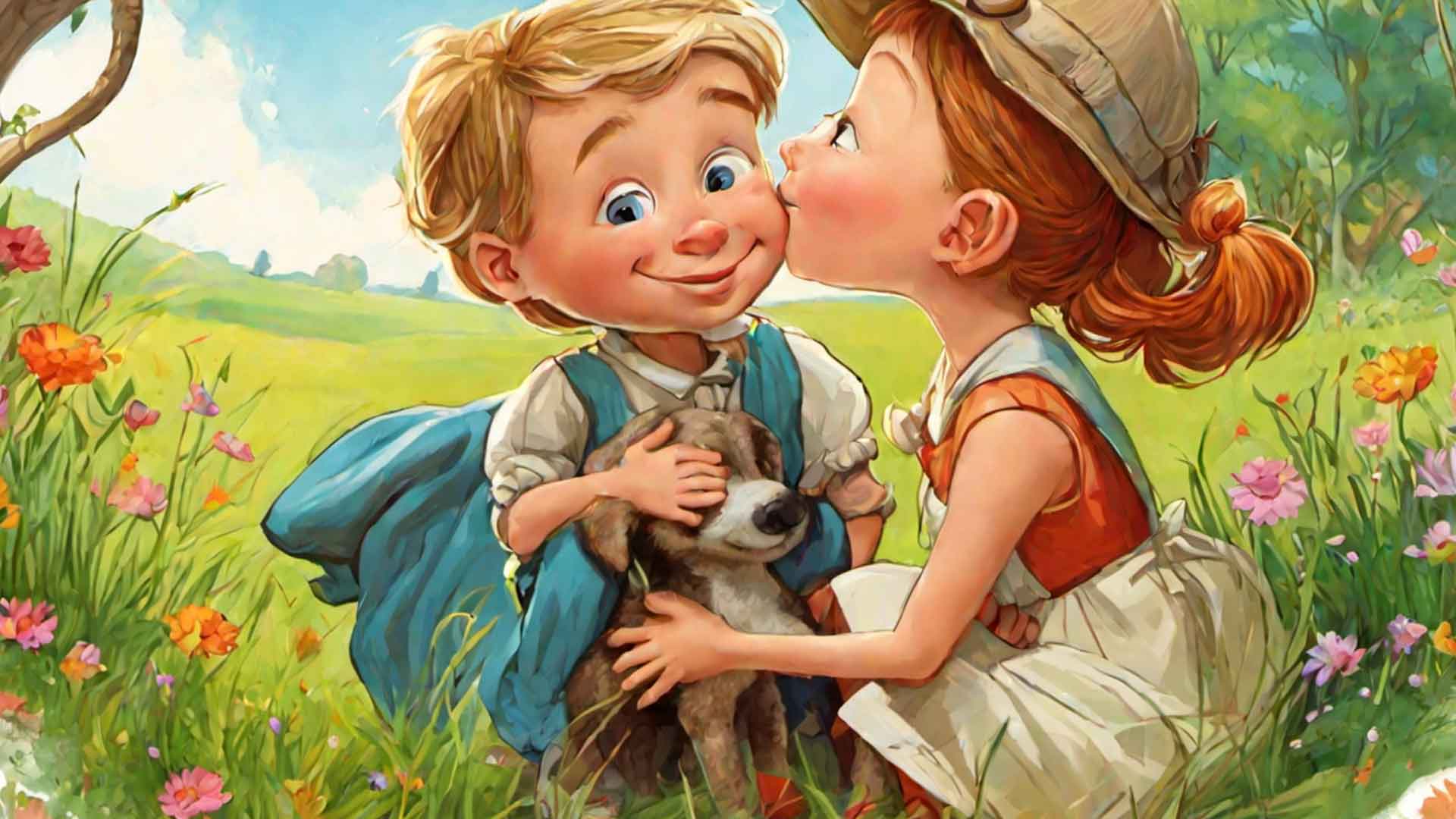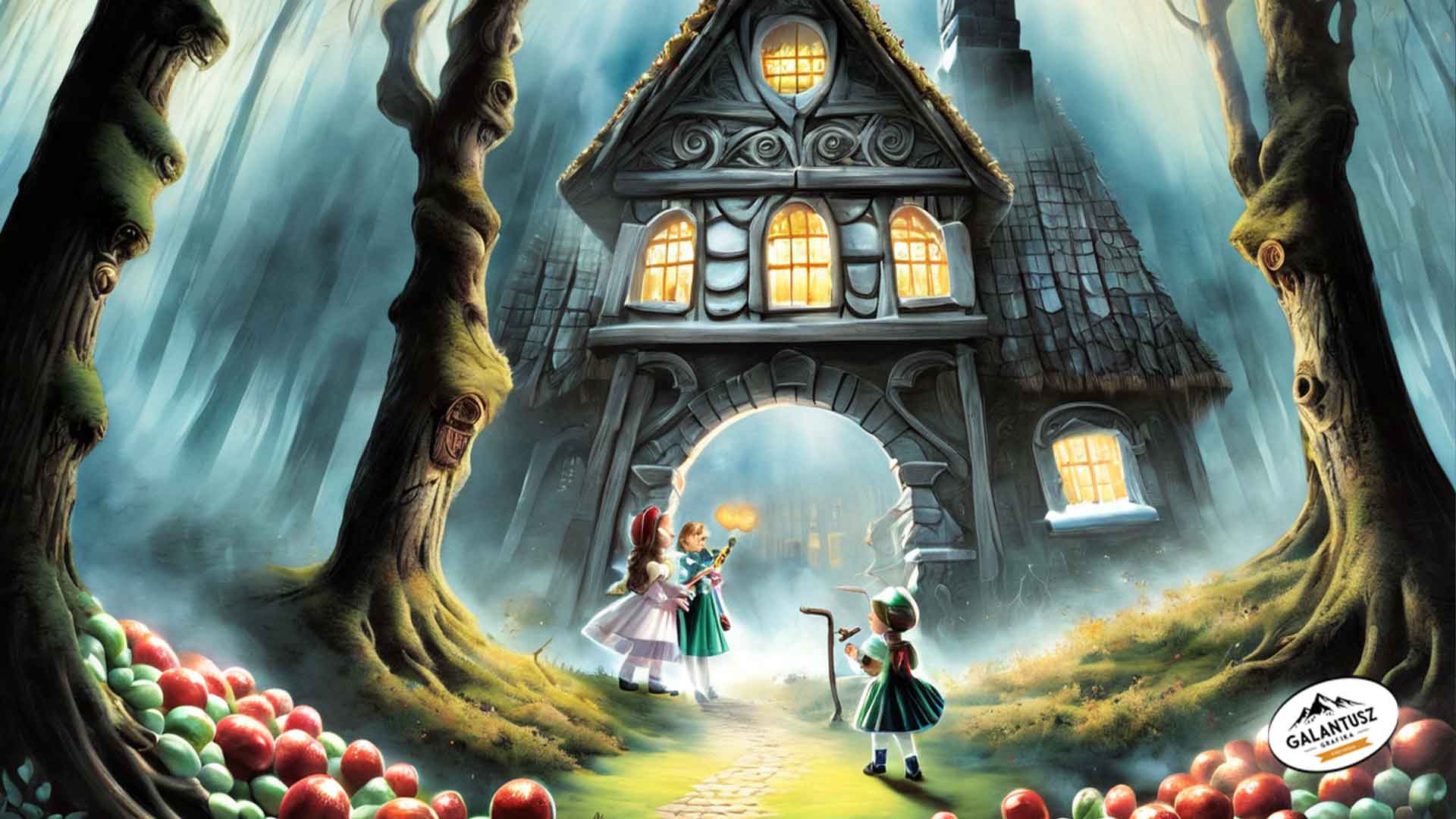Scope and Types of Illustrations
Various types of book illustrations serve different purposes and offer different visual experiences to readers. Below, we detail the four fundamental types of illustrations that can be distinguished based on the scope:
Cover Illustrations
- Goal: The primary goal of a cover illustration is to pique the reader's interest and visually convey the content or mood of the book.
- Characteristics: Cover illustrations are typically attention-grabbing, colorful, and expressive. It's essential for them to align with the book's theme and style.
- Application: During cover design, graphic artists often use symbolic elements, characters, and scenes that are crucial in conveying the book's message.
Full-Page Illustrations
- Goal: These illustrations occupy an entire page of the book, often narrating or complementing the textual narrative with visual elements.
- Characteristics: Full-page illustrations can be detailed and profound, allowing the artist to fully exploit the story's power.
- Application: They are common in children's books and historical works where visual elements play a significant role in storytelling.
Spot Illustrations
- Goal: Spot illustrations focus on specific elements, characters, or objects, emphasizing their significance within the context of the text.
- Characteristics: These illustrations are generally smaller and less complex than full-page counterparts, but still essential for a deeper understanding of the text.
- Application: They can be useful in scientific or educational books, directing attention to specific details, and are also common in literature, especially in the realm of fairy tales.
Text-Integrated Illustrations
- Goal: These illustrations are closely intertwined with the text, often becoming an integral part of the story or providing explanations.
- Characteristics: Text-integrated images can be small decorative elements, images linked to fonts, or illustrations built around the text.
- Application: They are frequently employed in literary works, novellas, and other text-centered books, enhancing the mood or highlighting deeper layers of the text.
Each type of illustration has its place and role in book design, and the choice depends largely on the book's target audience, theme, and the intentions of the author or publisher. Illustrations can be effective tools for engaging readers and enhancing the visual complement to the text.
Number and Content of Illustrations
In a children's book, the number of illustrations can vary depending on how visual the storytelling is. It's crucial that illustrations are not merely decorative elements but integral components of the narrative, adding to the story rather than detracting from it.
The Illustrator's Do's and Don'ts
The term "The Illustrator's Do's and Don'ts" refers to guidelines and recommendations for book illustrators and graphic designers to follow in their work. These guidelines provide direction on practices to adopt (do's) and those to avoid (don'ts) for successful and professional work. Here is a general summary of some typical "do" and "don't" points that may be relevant to illustrators:
Do's – What to Do:
- Communicate effectively with the client: Understand the project's expectations, deadlines, and visual style.
- Meet deadlines: Reliability is crucial for successful professional relationships.
- Develop your style: Be creative and develop a unique style that sets you apart from others.
- Conduct research: Thoroughly research to ensure your illustrations are authentic and relevant to the subject.
- Use professional tools and techniques: This ensures the quality of your work.
Don'ts – What to Avoid:
- Ignore client feedback: Consider feedback to better understand the client's needs and improve your work.
- Fall behind on technological advancements: Neglecting new tools and software can put you at a disadvantage.
- Rely on clichés: Strive to come up with fresh and innovative ideas rather than relying heavily on familiar visual stereotypes.
- Work without brief: Always ensure you are clear about the project's goals and the client's expectations.
- Neglect contractual terms: Clarifying legal and financial terms is essential for professional working relationships.
These guidelines can help illustrators successfully navigate their professional careers and contribute to having their work appreciated and recognized.
When collaborating with an illustrator, it's essential to provide a clear, specific description of the expected illustrations, including the appearance of characters, important scenes, and the desired mood. However, it's equally important to avoid excessive interference and restrictions on creativity, allowing the illustrator to freely apply their artistic vision and contribute to the story.
Conclusion
Designing children's book illustrations is an exciting process that allows us to visually bring stories to life. Collaboration between the illustrator and the author, along with choosing the right type and quantity of illustrations, is crucial for a successful children's book. The goal is to create a visual world that captivates readers and leaves lasting memories in their imaginations. If you are planning to illustrate a children's book, don't hesitate to turn to Galantusz Grafika's services. Our team of professional illustrators can bring your stories to life with captivating and memorable visuals. Trust us with your children's book illustrations, and you won't be disappointed with the final result. Contact us today to start the creative process and immerse yourself in the enchanting world of stories.






